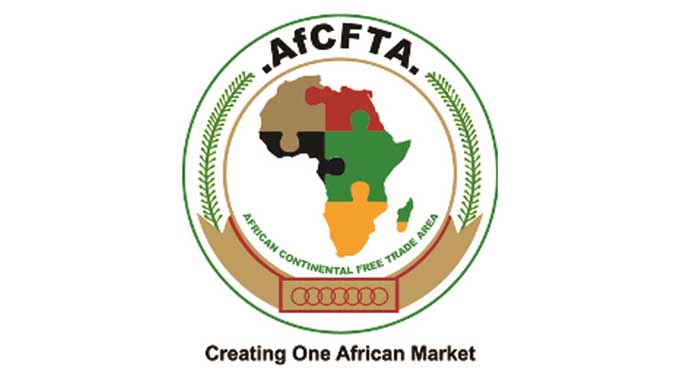EDITORIAL COMMENT: Local industrialists need to prepare for AfCFTA

The Buy Zimbabwe-Buy Local summit in Harare is important for building on the national policies set by the Government to push local content and perhaps the most important, to produce more products from local raw materials.
And the whole development has to be done, as Vice President Constantino Chiwenga noted, in light of the growing economic integration of Africa through the African Continental Free Trade Area which will require Zimbabwean industrialists to be able to compete on quality and price across the continent.
Much of Zimbabwean industry is geared for local consumption under local substitution policies. These are not a bad way of starting and growing an industry, but do not create, without some serious conscious effort, industries and brands that can sell outside the country.
At the moment Zimbabwe’s exports are largely primary products, things we mine and things we grow. There is now some value added before we export, but generally we do not export things we make.
On the other hand our industry is a mix of a number of business concepts. There are things we make from our raw materials, or at least largely so or potentially so.
Much of the agric-industry is in this category, where millers convert Zimbabwean maize and wheat into meal and flour, and Zimbabwean oil seeds into cooking oil. Where there are imports it is because not enough was grown locally, but a range of Government programmes is now in place to have almost total local raw material input.
At the other extreme there are businesses that use hardly any local materials at all, basically importing a range of chemicals and other materials and mixing them locally.
These industries were set up mostly to save foreign exchange in the days when this was tightly rationed, rather than building on Zimbabwean advantages, and might well be the most vulnerable to external competition when AfCFTA becomes a functioning reality.
In between there are the businesses that use some local materials, and would like to use more. The problem of a low level of primary heavy industry, things like steel mills and chemical plants, is perhaps the major bottleneck here.
Government’s pro-investment policy is changing this, with two Chinese steel companies now well on their way to reintroducing steel making to Zimbabwe, with a range of fundamental products made of steel from roof sheets onwards.
Some of this is for export and some is meant as the raw material for a far wider range of local industry. The chemical industry is being expanded to make more fertiliser for a start, but the sort of mining and other sourcing programmes means that other things can also be made.
In the end any natural gas or petroleum found at Muzarabani is likely to be far more valuable as the feedstock for a chemical industry than as petrol or diesel, in light of global moves to accelerate the switch from internal combustion engines to electric vehicles.
It is these industries, and those who will use their initial products, that will provide the bulk of Zimbabwean manufactured exports since they will have high percentages of Zimbabwean materials, meaning that the stress needs to be on quality and price, rather than on being left high and dry when the original source of imported materials can send the finished products in a free trade area.
There is also a range of industries where exports are likely to be minimal although most of the raw materials are local. This can start with one of our oldest industrial concerns, Delta. This company started when a Cape Town brewer noted it would be a lot cheaper and easier to send all the raw material for beer north on the railway, and then crew the beer in Zimbabwe using Zimbabwean water. For a product that was, by mass, around 95 percent water this made sense.
In time most of the materials could be grown in Zimbabwe, so the only import now is hops, the fairly determined experiments to grow these locally in the nearest Zimbabwe has to a temperate zone climate in Nyanga not working out.
But there are many of these other global or regional brands where local production, with the bulk of inputs being local, are made here and many more can follow.
Even with AfCFTA there will be giant continental companies that find it easier to have a spread of factories rather than trucking everything everywhere. This is an opening that needs to be explored. But the future stars of manufacturing will be the companies that export and have a high percentage of local raw material content. These need to start thinking big.
They need to push their brands and use the few years while they have some local protection to build those brands and to get the quality that modern consumers require and demand.
The last quarter century has seen the shake out of those local manufacturers who did not press quality and price.
They had grown up in a protected environment, totally protected for much of the time as all foreign currency allocations were centralised, and had got into the habit of producing without worrying about quality on the grounds that Zimbabweans had to buy or go without.
The opening up of the economy showed how mistaken that was, although the desperate desire for imports that followed was often irrational.
The reintroduction of the local currency and other Government moves have seen the resurgence of a lot of industry, but the new industrialists know they won through because they had the quality and the price to beat off imports.
Those were hard lessons, and they need to be studied continuously as we move forward.









Comments